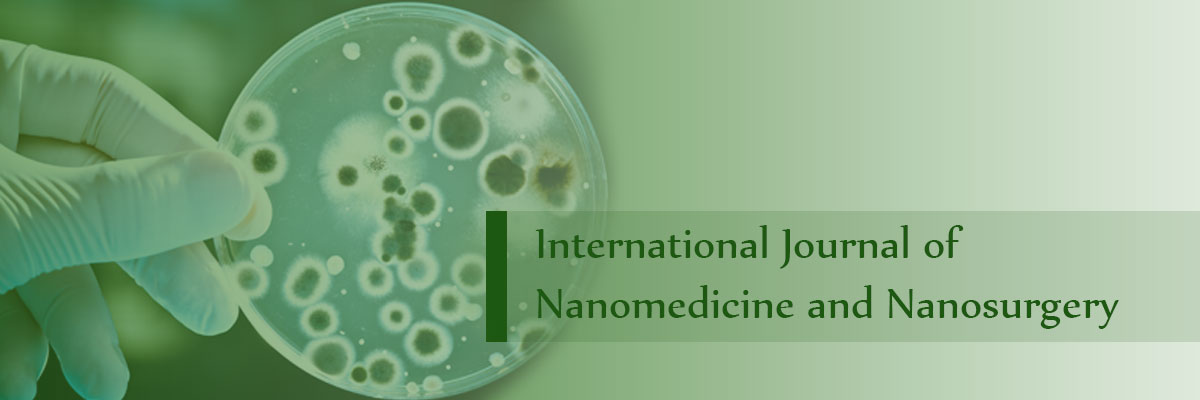
Michael Hamblin, PhD
Associate Professor of Dermatology
Harvard Medical School
Boston, Massachusetts, USA
Phone: 617-726-6182
E-mail:hamblin@helix.mgh.harvard.edu

Photodynamic therapy (PDT) is a relatively new and exciting approach for treating cancers, infections and other diseases. Non-toxic dyes known as photosensitizers are administered systemically, locally or topically and accumulate in the tumor or other lesion. Illumination with (otherwise harmless) visible (usually red light, frequently from a laser) excites the sensitizer, which in the presence of oxygen, produces reactive oxygen species that mediate cytotoxic effects. Undesirable cells such as infectious microbial cells or malignant cancer cells can be selectively killed by this approach. Dr Hamblin’s lab has set up collaborations with several chemistry groups that provide novel photosensitizers for testing both in vitro and in vivo such as bacteriochlorins, functionalized fullerenes and synthetic dyes.
Low-level light therapy (LLLT) (light alone, no photosensitizer) can stimulate healing, prevent tissue death and relieve pain and inflammation. The molecular and cellular mechanisms that underlie this effect are under investigation. We believe that reactive oxygen species are also involved and cause activation of redox sensitive transcription factors. Stem cells are particularly susceptible to the effects of light and can be induced to differentiate and proliferate. Applications of LLLT to healing and treatment of traumatic brain injury are being studied.
Anti-tumor immune response occurs after PDT in some small animal models of cancer. We are studying the complex interplay between factors such as the tumor type and whether it contains a recognizable antigen, the strain of mouse and its population of host suppressor cells, the type of PDT and the acute inflammatory response it causes. Combination of PDT with certain immunostimulants can produce highly synergistic benefits including regression of distant untreated tumors.
Wound healing and infectious diseaseis beings studied in animal models. The use of optical imaging of infections caused by genetically engineered bioluminescent and fluorescent microbes allows testing of PDT and other antimicrobial therapies in real time. Wound healing can be stimulated by both PDT and light alone and mechanistic and animal studies are underway. WE have also used our unique animal models to test antimicrobial wound dressings such as chitosan acetate bandage and Hydrofera Blue.
A broad range of antimicrobial light based therapies is being investigated including PDT, ultraviolet C and blue light in the range of 405-nm. These are being extensively studied in animal models of localized infection motivated by the widespread and inexorable rise in multi-antibiotic resistance amongst a range of pathogens. Blue light has been tested in clinical trials for H. pylori infection.
Atherosclerotic vulnerable plaque may be detected and treated using a novel dual purpose “seek and destroy” approach to be able to detect macrophage-rich plaques by use of an intra-arterial fluorescence catheter, and to potentially treat them by intravascular PDT. It is based on the targeting of macrophage scavenger receptors using a conjugate between modified albumin and chlorine(e6).

Associate Professor of Dermatology
Harvard Medical School
Boston, Massachusetts, USA
Phone: 617-726-6182
E-mail:hamblin@helix.mgh.harvard.edu